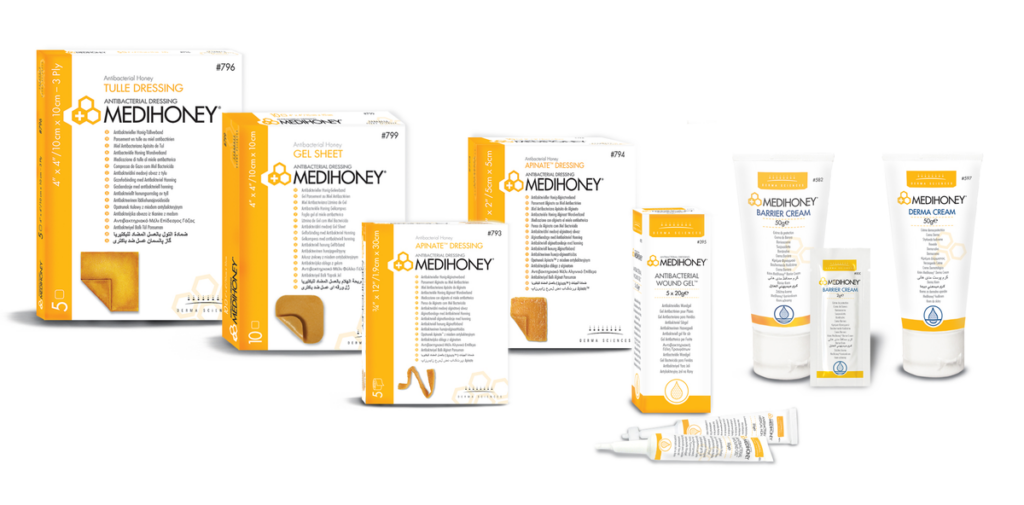

Wir freuen uns über Ihre Interesse an Medihoney!
Dafür nehmen wir uns gerne Zeit und stehen Ihnen mit Red und Antwort in allen Belangen zu den Medihoney Produkten zur Verfügung. Egal, ob eine Anregung, Erfahrungen, Nachfragen zur Anwendung oder auch Mangelinformationen. Wir freuen uns auf Ihren Kontakt.
Exklusivvertrieb der Medihoney-Wundheilprodukte in Deutschland
ApoFit Arzneimittelvertrieb GmbH
Jäckstr. 29
96052 Bamberg
Deutschland – Germany
Fon: +49 (0) 951 – 510 760 0
Fax: +49 (0) 951 – 510 760 29
E-Mail: info@apofit.de
Internet: www.apofit.de
ApoFit Arzneimittelvertrieb GmbH © 2022. Alle Rechte vorbehalten